Gregory “Pappy” Boyington, a name synonymous with daring aerial combat and the legendary Black Sheep Squadron. But who was the man behind the myth? This article delves into the life and times of one of history’s most fascinating aviators, from his early years to his wartime exploits and the lasting impact he left on aviation and military history.
Boyington’s Flight Path: From Idaho to the Flying Tigers
Born in 1912 in Coeur d’Alene, Idaho, Boyington’s life was anything but ordinary. With Brulé Sioux heritage and an early fascination with flight (thanks to a ride with famed aviator Clyde Pangborn at age six!), his path seemed destined for the skies.
Boyington’s journey began with a degree in aeronautical engineering from the University of Washington, followed by a commission in the Army Air Corps Reserve. However, seeking more hands-on flying experience, he joined Boeing as a test pilot and later enlisted in the U.S. Marine Corps Reserve in 1935.
When World War II erupted, Boyington couldn’t sit on the sidelines. He resigned his commission to join the famed “Flying Tigers” – the 1st American Volunteer Group – in China. There, even before the official U.S. entry into the war, he honed his skills against Japanese forces, racking up victories and earning a reputation for his daring.
Leading the Black Sheep: A Squadron Forged in Resilience
After the attack on Pearl Harbor, Boyington returned to the Marines. In 1943, he was given command of VMF-214, a squadron of replacement pilots often dismissed as inexperienced or misfits. These were the “Black Sheep,” a moniker that spoke to their ragtag origins and their leader’s own unconventional style.
Stationed in the Solomon Islands, the Black Sheep, under Boyington’s leadership, became a force to be reckoned with. Boyington instilled in his men a ferocity and a never-give-up attitude that led to remarkable success against the Japanese. He wasn’t just a commander; he was an inspiration, leading by example from the cockpit.
The Price of Daring: Boyington’s Capture and the POW Experience
Boyington’s aggressive flying style, while effective, came with significant risks. In January 1944, during a mission near Rabaul, his luck ran out. After shooting down a Japanese Zero, his Corsair was hit, forcing him to ditch in the Pacific.
What followed was a harrowing ordeal—capture by a Japanese submarine crew and nearly two years as a prisoner of war. While details of his time in captivity are scarce, as Boyington seldom spoke about it, it’s clear that he endured the brutal conditions, malnutrition, and psychological torment common in Japanese POW camps. The experience undoubtedly left an indelible mark on him, likely contributing to his post-war struggles.
A Hero’s Return and the Weight of Legacy
Boyington’s fate remained a mystery for over a year. Listed as Missing in Action, his family clung to hope, receiving a single letter during his captivity. His liberation came only after the atomic bombings of Hiroshima and Nagasaki in August 1945.
He returned home to a hero’s welcome. His wartime exploits, including 28 confirmed aerial victories, earned him the prestigious Medal of Honor and cemented his place as a legend. The Black Sheep Squadron, forever linked to his name, became a symbol of courage, resilience, and the unconventional brotherhood forged in the crucible of war.
Beyond the Medals: Boyington’s Post-War Struggles and Triumphs
Life after war proved a difficult transition. The scars of combat, both physical and psychological, lingered. Boyington, like many veterans, grappled with the invisible wounds of war, battling alcoholism and the challenges of readjusting to civilian life.
Despite these struggles, he found solace and purpose in sharing his story. His autobiography, “Baa Baa Black Sheep,” became a bestseller, captivating readers with its raw honesty and vivid accounts of aerial combat, leadership, and the realities of war.
Later adapted into a popular television series, Boyington’s story resonated with audiences, further solidifying his place in American culture. The book and the show provided a glimpse into the complex man behind the legend—a flawed but ultimately heroic figure who exemplified courage, resilience, and the enduring spirit of those who serve.
Unveiling the Real Pappy Boyington
Boyington’s legacy is multifaceted. He was a skilled pilot, a charismatic leader, but also a flawed individual who faced his share of personal demons.
Early Influences: Boyington’s early experiences, from his Brulé Sioux heritage to his childhood flight with Clyde Pangborn, helped shape his adventurous spirit and his fascination with aviation.
From Flying Tiger to “Black Sheep” Leader: His wartime journey reveals a complex figure driven by both patriotic duty and a thirst for adventure.
Beyond the Medals: The Post-War Struggles of a War Hero: Despite achieving fame and accolades, Boyington battled personal demons and the lingering effects of wartime trauma.
Pappy Boyington’s Legacy: A hero, an ace pilot, and a flawed individual—Boyington’s life continues to captivate, reminding us that history’s figures are multifaceted.
It’s important to remember that Boyington’s story, like the stories of so many veterans, highlights the hidden costs of war—the invisible wounds that can linger long after the fighting ends.
How many confirmed kills did Pappy Boyington have?
Pappy Boyington ended World War II having surpassed a significant record—Eddie Rickenbacker’s 26 aerial victories in World War I. While initially credited with 26 kills himself, two contested victories were later officially confirmed, bringing Boyington’s total to an impressive 28.
This achievement, a testament to his skill and daring in the cockpit, solidified his place among the most decorated Marine aviators in history. However, it’s crucial to remember that confirming air-to-air victories in those days was a complex process, and there were likely victories that couldn’t be officially verified.
Was Pappy Boyington a prisoner of war?
Yes, Boyington Gregory was a prisoner of war for almost two years. Shot down in January 1944, his status was unknown for 19 months. During that time, he endured the harsh realities of a Japanese POW camp, an experience that undoubtedly shaped his post-war life. His survival, a testament to human resilience, adds another layer of complexity to the story of this iconic aviator.
- Uncover Francis Alexander Shields’ Life: Untold Story - July 11, 2025
- Uncover When Did Francis Alexander Shields Die: April 2003 Death Details Revealed - July 11, 2025
- Uncover Brooke Shields’ Father’s Famous Relatives: A Genealogy - July 11, 2025
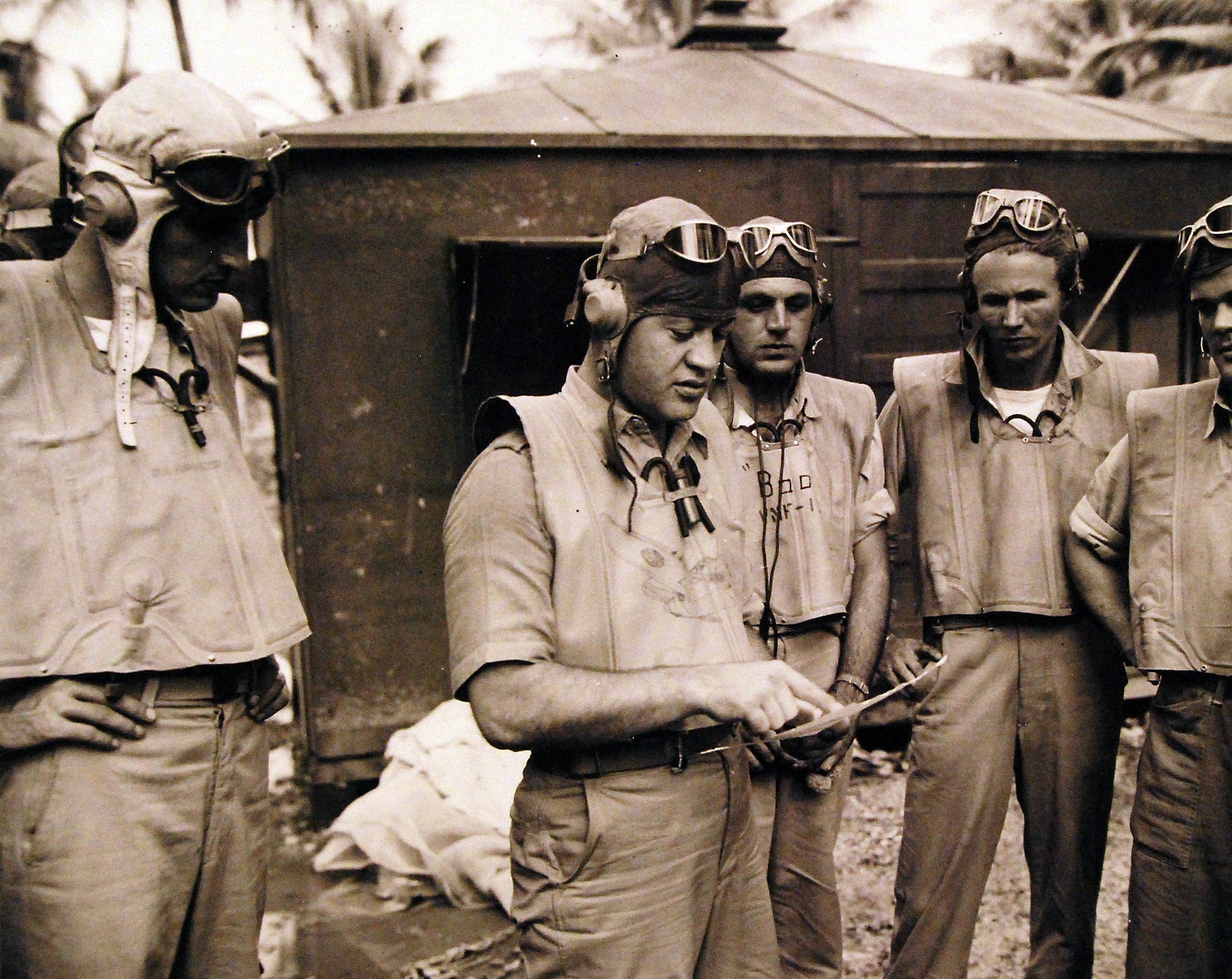
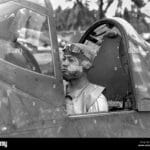


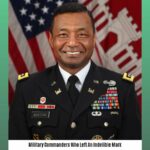
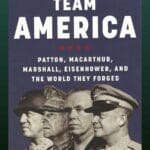
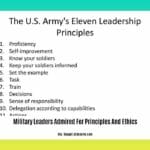







1 thought on “Pappy Boyington: The Life and Legacy of the Black Sheep Squadron Leader”
Comments are closed.